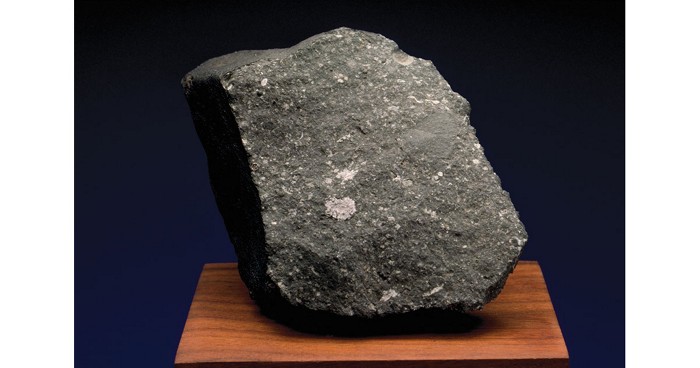Advertisement
Grab your lab coat. Let's get started
Welcome!
Welcome!
Create an account below to get 6 C&EN articles per month, receive newsletters and more - all free.
It seems this is your first time logging in online. Please enter the following information to continue.
As an ACS member you automatically get access to this site. All we need is few more details to create your reading experience.
Not you? Sign in with a different account.
Not you? Sign in with a different account.
ERROR 1
ERROR 1
ERROR 2
ERROR 2
ERROR 2
ERROR 2
ERROR 2
Password and Confirm password must match.
If you have an ACS member number, please enter it here so we can link this account to your membership. (optional)
ERROR 2
ACS values your privacy. By submitting your information, you are gaining access to C&EN and subscribing to our weekly newsletter. We use the information you provide to make your reading experience better, and we will never sell your data to third party members.
Geochemistry
Chemistry In Pictures
Chemistry in Pictures: #Twinning
by Alexandra Taylor
March 29, 2019

This micrograph shows plagioclase, a type of feldspar, with a field of view of 2.7 mm. The sample hails from Brazil, and Bernardo Cesare, a geoscientist at the University of Padua, obtained it from a company that sells marble and granite for countertops. The plagioclase shown here is twinned, which refers to crystals that share lattice points but have different orientations. The blue areas all have the same orientation, and the yellow areas have a different orientation. Twinned plagioclase is found in igneous and metamorphic rocks all over the world. “In geology the composition of plagioclase is extensively used to determine the pressure and temperature of rock formation,” Cesare explains. Plagioclase is also commonly used as a raw material in the ceramics industry.
Credit: Bernardo Cesare
Do science. Take pictures. Win money. Enter our photo contest here.
Related C&EN content:



Join the conversation
Contact the reporter
Submit a Letter to the Editor for publication
Engage with us on Twitter